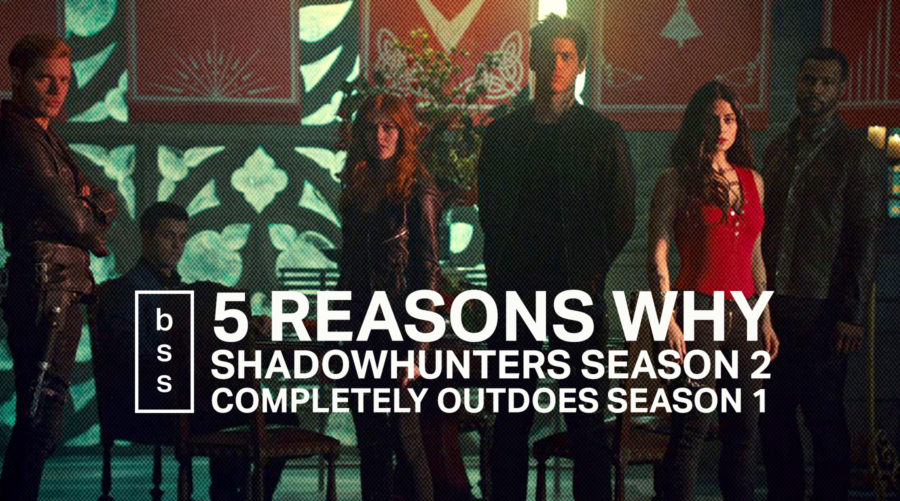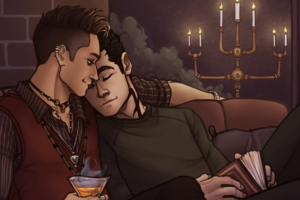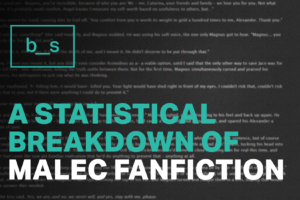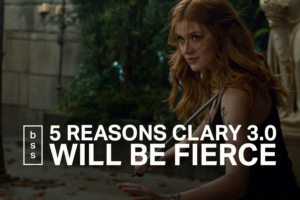With Shadowhunters’ second season now drawn to a close, it seems this is an appropriate time to reflect on the past twenty episodes – to think about the things that worked, the things that didn’t, and the things that have kept us fervently glued to our screens for an hour every Monday night (or Tuesday morning for us ever-patient international fans).
From the outset of Season 2, with new showrunners coming in to take over the helm and promising a drastic paradigm shift from the show we were all introduced to, there was some palpable anxiety as we entered the second season of Shadowhunters earlier this year. And while the first half of the season suffered some growing pains as the kinks of the storylines were being ironed out and the universe of the show expanded, there’s no doubt – despite the solid and well-loved thirteen episodes of the first season – that Season 2 ended up utterly blowing its predecessor out of the water. The reasons are many and varied, so let’s jump into it.
5. Visual Effects
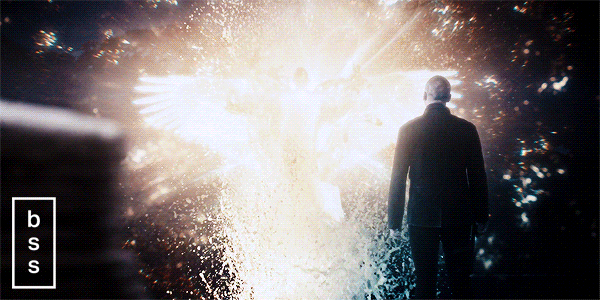
With the seemingly unexpected success of the first season of Shadowhunters – becoming one of Freeform’s top shows and acquiring an absolutely massive social media fandom presence – it was a no-brainer for the network to grant Shadowhunters a larger budget for its second season. While the original visual effects were solid for the low budget that the show had at the time, the polish and finesse created by the show’s new special effects team (shout-out to the talented people at Folks VFX) gave Season 2 a massive and much-needed glow-up.
What was once a slightly campy-looking TV show quickly gained a modern, movie-like feel thanks to a totally new-and-improved visual rendering of the Shadow World. Elements like portals and warlock magic, as well as the enhanced fight choreography between the Shadowhunters, are now blended in seamlessly with the urban vibe and the darker, more harsh and unsettling tone of the universe. Demons and evil creatures look more like they’ve crawled straight out of ectoplasmic Hell rather than a mediocre mid-noughties video game.
Jaw-droppingly good moments included the breathtaking appearance of Raziel at Lake Lyn; the big Jonathan/Sebastian Morgenstern reveal, which transformed a handsome Will Tudor into something resembling very badly burnt toast; Iris Rouse’s horrific contorting pet demon from 2×05 “Dust and Shadows”; and the grisly Forsaken attack in the season’s penultimate episode. Even props and costumes were given a huge makeover to suit the darker and slightly more mature tone of Season 2 – and while Season 1 definitely had its high points, it doesn’t seem like anyone was sorry to see the lightsaber seraph blades go.
4. Tone and Cinematography
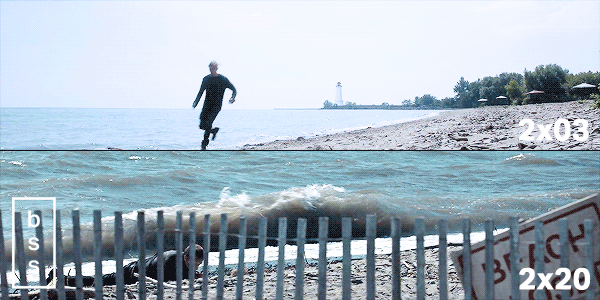
While the visual effects this season were stunning, they weren’t working alone. Many visual and directorial choices made throughout the twenty episodes of the season all conspired together towards a common goal – to change the tone of the show for the darker, and ultimately for the better. This change shifted the show’s vision from young-adult television to something much more mature and cinematic in nature.
Although the fandom’s tireless gif-makers continue to lament the dark, gritty, greenish lighting of every episode (which thankfully lightened up to a much more visually appealing tone in the second half of the season), the darkness of Season 2’s mood accomplished what the oversaturated brightness of the first season couldn’t always do – it broadened the scope of the show by allowing it to take itself more seriously.
While Shadowhunters is still a fairly lighthearted show at its core, changes to the tone allow viewers to integrate themselves into the universe and the characters’ lives, to suspend their disbelief just a little bit further than last season. The fights are bloodier, gorier, and much more realistic; you can actually believe that you’re watching ruthless soldiers descended from Heaven. Additions of cinematographic elements include snappy transition shots of New York and much more frequent and ponderous wide-shots of scenery, like the rooftops of the city and the forests of Idris. All of these, and more serve to create episodes that allow us to truly feel like there is a broader world to be experienced here, rather than just a concealed green-screen or soundstage.
Ultimately, these choices create a universe that feels more gritty and down-to-earth, integrating the fantastical elements of the story perfectly with its New York City setting, which the second season maximizes to its fullest and most glorious potential. No longer do the Shadow World and the mundane world feel like they are on separate spheres, and no longer do the shadows feel quite as safe and easy to navigate as they did last year.
3. Music
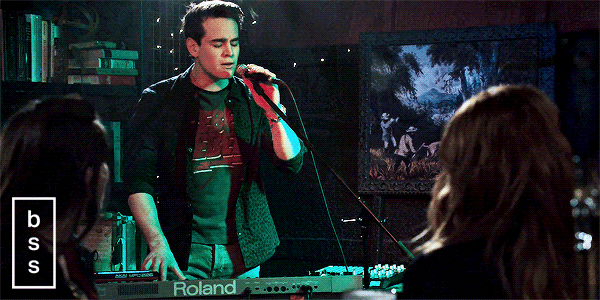
This one is a bit of a point of contention, because Season 1 had some of the best music moments in the series so far, hands down (if there’s any Malec shipper out there who doesn’t still shed a tear listening to Ruelle’s iconic “War of Hearts,” there’s a chance you don’t have a heart). However, overall, Season 2 built on the show’s beautiful musical legacy with some original material along with well-loved familiar voices, improving it in some respects and making the good bits even better.
Again, this suffered from some growing pains as early episodes were a bit techno-heavy where it didn’t quite fit, but it improved drastically into the latter two-thirds of the season. This is another element that plays into the new tone of the show, and the upbeat electronic tunes of Season 2 coupled with some gorgeous melodies from various artists deepened the season’s mood, making it more dark and mature in some respects – and more genuine and heartfelt in others.
Scenes like Max’s rune ceremony (with Birthday’s original song “Blood Rose”) and Jocelyn’s funeral were made even more haunting with gorgeous music choices, while lighthearted training moments between the Shadowhunters in the latter half of the season were augmented with fun, upbeat backing tracks. It’s apparent, whether you love them or hate them, that the background songs of each scene are chosen with great care and attention as to how they will interact with and integrate into the mood of the scene and episode.
The upward trend continued throughout 2B, with a special treat coming from Alberto Rosende as Simon performing the original song “Fragile World” in 2×13 “Those of Demon Blood.” Of course, the season’s musical moments reached their peak when Shadowhunters’ signature songstress, Ruelle, finally made a return appearance in 2×14 “The Fair Folk” with the beautifully romantic “The Other Side” accompanying the long-awaited Clace reunion in the Seelie Court, along with a few others, including the gorgeous “Recover” and “Hold Your Breath,” in the last few episodes.
2. More Episodes, More Space
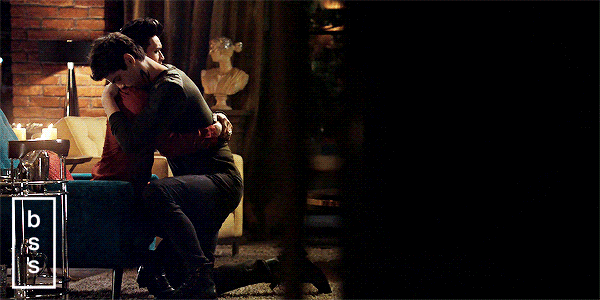
One of the most exciting prospects about Shadowhunters back in January was the upgrade to twenty episodes, as opposed to Season 1’s thirteen. With an ever-growing cast of dynamic and three-dimensional characters and their many interconnected relationships and storylines, even twenty episodes barely seems like enough. But Shadowhunters did its best to reach its fullest potential with these twenty episodes, and while it didn’t always hit the mark, it did enough to stand above its preceding season.
The thing that sets its second season apart is how experimental in nature it seemed in terms of its approach to the characters and the story arcs, in comparison to the safer and simpler Season 1. From unimaginably wide departures from the source material to questionable decisions for character journeys, Season 2 was very clearly not afraid to take a few risks. And as it always is with risk, when something didn’t work, it left viewers a bit more wrong-footed than they ever were in Season 1. But at its best, it reached heights that its predecessor never could.
Ultimately, the boon of having a longer season lay in the characters and relationships of the show, which are arguably the biggest draw for hardcore fans of Shadowhunters. With the breakneck pacing of Season 1, there were fewer moments to be able to sit and breathe with the characters, to really take in their problems and their journeys. While Season 2’s pace only had a slightly slower rate, the seven extra episodes gave us some opportunities to pause and laterally explore the stories of our heroes, allowing budding relationships the ability to grow organically, giving established bonds the time to become ever stronger, and providing space for the characters to be delved into further as individuals. Significantly, this gives the actors a lot more to sink their teeth into – and while they performed admirably for the most part in Season 1, Season 2 gives the main cast members a chance to shine, and shine they all did as each and every one of them came to beautifully inhabit their more fleshed-out roles.
Ultimately, Season 2 can be seen as setting the pace for what is to come in future years. Season 3 can only improve on this more character-driven model of storytelling that Shadowhunters introduced to us over the past few months.
1. An Expanded Universe
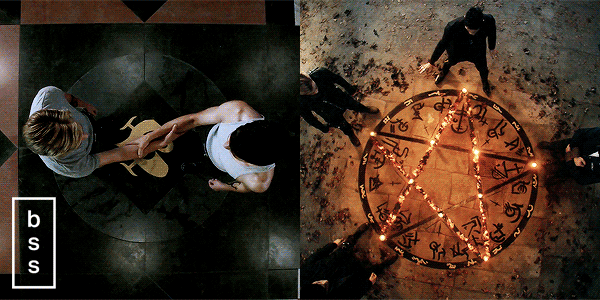
While characters and relationships have always been the driving force of fandom and are two of Shadowhunters’ biggest assets, at the end of the day, the show is a work of fantasy, which is often only defined by their lore and mythology as by their plots and storylines.
As touched on in previous points, one of the biggest successes of Shadowhunters Season 2 is the way it treats the lore of the Shadow World. More than ever, we feel like we’re a part of a massive universe, one with angels that aren’t so pure and a darker side that is more unforgiving and unsettling than we’ve seen before. For one thing, the world physically expanded from just a few locales like the Institute and the Hotel Dumort, taking our heroes to new places quite literally – from Idris’ Brocelind Forest and the gorgeously fantastical Seelie Realm, all the way to the Downworlder hangout of the Hunter’s Moon and the Shadowhunters’ angelic armory, the Adamant Citadel. These locations are beautifully realized, either on set or on location, and serve to embellish and expand upon the mythology of the Shadow World as we knew it from the first season.
Even elements as simple as Max’s rune ceremony or the flashback to Jace and Alec’s Parabatai ceremony give deeper insight into the harsh and strictly traditional society of the militaristic Shadowhunters, while Jocelyn Fray’s rite of mourning shows us the haunting tragedy of a culture made of young, trained-from-childhood soldiers that don’t always get to grow old. We get to see different types of warlock magic and werewolf dynamics, as well as more of the strife in the Downworld as a result of years of oppression and subjugation at the hands of the Shadowhunters. The show delves deeper into the personal struggles and political conflicts that stem from the prejudicial inequalities of the Shadow World.
More importantly, all of this serves to ground the characters more firmly in their world. Rather than being interconnected only with each other, this expanded lore and universe allow for the characters to also be tethered strongly to the dynamics of the show’s fantasy world. Hell gets a face in the form of Azazel, Heaven a voice in Raziel. This makes for more compelling storytelling as we see the characters’ storylines and actions having broad, rippling implications that reverberate across all of the elements of the Shadow World. Ultimately, Season 2 of Shadowhunters has created and defined its world with as much power and self-assurance as The Mortal Instruments series itself.
As for the future of Shadowhunters, in light of the massive glow-up between Season 1 and Season 2, it seems pretty safe to say that the upward trend will only continue from here on out. This past season helped the show to determine what works for it and what doesn’t, giving it a stronger and surer sense of identity. Come next year, based on all the growth we’ve already seen, it’s clear that Season 3 will keep up the progress and completely outdo its predecessors. Personally, I can’t wait to see what they have in store.
Shadowhunters will return with Season 3 in early 2018.

